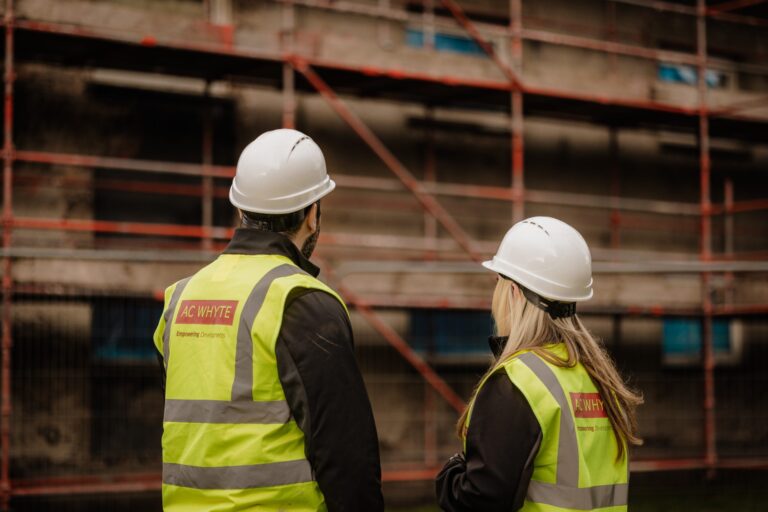Using resident engagement research to shape a national retrofit strategy
Energiesprong UK
Pioneers of performance-based home upgrade models for the social housing sector.
At a glance
Research objectives
- Understand how residents experience retrofit and the Comfort Plan.
- Identify emotional and behavioural barriers to participation.
- Inform the development of a scalable resident engagement strategy for Transform-ER.
- Build trust, clarity and consent into the resident journey from day one.
What the research revealed
- Residents care more about feeling listened to than about energy savings.
- Even minor misunderstandings can damage perception of the entire retrofit.
- When expectations aren’t clear, satisfaction suffers.
- Resident engagement needs to reflect agency, not impose solutions.
Research approach
- Stakeholder workshop to define learning goals and knowledge gaps.
- In-depth interviews with retrofit residents.
- Thematic analysis of experience drivers and decision-making factors.
- Development of needs-based archetypes and user journey mapping.
- Co-design of engagement strategy, touchpoints and messaging hierarchy.
Impact of the research
- Reframed the Comfort Plan as a resident-centred service, not just a financial model.
- Shifted engagement strategy from explaining technology to supporting informed decision-making.
- Influenced messaging, content, and touchpoints to reflect emotional and behavioural drivers.
- Helped align landlord and resident needs into a shared engagement framework.
Challenge
Energiesprong wanted support with its resident engagement strategy to scale its Comfort Plan, a service model that helps fund low-carbon home upgrades (commonly referred to as “retrofit”). The plan was designed so that even after a small monthly charge, residents would still spend less on heating and running their homes than before the upgrades.
But Energiesprong needed to understand whether the proposition was landing. Did residents who had lived through the retrofit process understand the funding model, and did they see value in it? To find out, they needed deep insight into how people actually experienced both the upgrade process and the Comfort Plan, so they could refine the offer and improve engagement, all in support of a model with ambitions to become a national solution.
Approach
Phase one: Resident insight
I led a multi-phase research programme to explore resident attitudes, expectations, and experiences of retrofit and the Comfort Plan. This included:
- Internal stakeholder workshops to define the proposition, assumptions and knowledge gaps.
- A structured qualitative interview programme with post-retrofit residents.
- Thematic analysis of emotional, practical, and behavioural barriers to satisfaction.
The research revealed that thermal performance, in other words, simply staying warm, wasn’t enough. Some residents were still wearing multiple layers indoors just to feel marginally comfortable. Although the homes delivered measurable energy improvements, residents judged success emotionally. Their satisfaction hinged more on communication, trust, and feeling in control than on kilowatt hours saved. In several cases, misunderstandings about batteries, heating controls, and ventilation systems undermined trust, even when the homes performed well.
These insights were used to reshape the Comfort Plan strategy, reframing it as a resident-centred service experience. The work also directly influenced early engagement thinking for Energiesprong’s larger-scale innovation programme, Transform-ER.
Phase two: Co-designing Transform-ER user journeys
Transform-ER is a national Innovate UK-funded programme aiming to make one million homes energy efficient by 2030. Off the back of the Comfort Plan research, I was brought in to contribute to the design of the resident engagement strategy for Transform-ER, in collaboration with sustainability and decarbonisation consultancy Zero Ambitions Partners.
My role involved:
- Co-designing needs-based resident archetypes.
- Mapping stakeholder journeys (resident, landlord, asset).
- Prototyping educational and engagement touchpoints.
- Designing content journeys that build informed consent and set realistic expectations.
We developed a user journey framework that empowers residents to choose retrofit measures based on their own needs (e.g. cost, comfort, health). Inspired by the healthcare sector, we proposed a personalised, educational experience that builds trust before, during, and after retrofit works. This included face-to-face engagement, roadshows, SMS prompts, and an always-on digital hub.
Together, these two phases show how research-led strategy is critical to successful scaled engagement. The insights didn’t just inform messaging, they shaped the systems, journeys, and governance structures required to deliver consistent, trust-building resident experiences at scale.
Impact
The research helped Energiesprong reframe the Comfort Plan from a technical financing model into a resident-centred service. By surfacing the emotional drivers of satisfaction and the risks of poor communication, the work led to a new engagement strategy focused on trust, clarity, and informed consent. These insights directly shaped the resident journey for Transform-ER, influencing content, messaging, and delivery touchpoints across digital and face-to-face channels. Importantly, the research also aligned internal stakeholders around a shared understanding of resident and landlord needs, laying the groundwork for a scalable and consistent approach to retrofit engagement.


